USDA crop progress: Corn harvest inches forward
Harvest is now 39% complete; soybean progress reaches 38% complete.
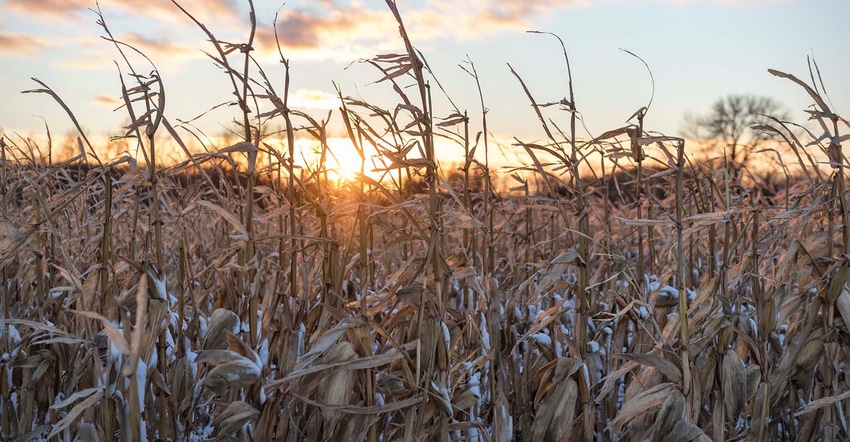
The latest USDA crop progress report shows relatively slow corn and soybean harvest progress after plentiful rain and snow fell across the central U.S. this past week. Winter wheat planting progress also stalled during the week ending October 14, with another 8% of the 2018/19 crop now in the ground.
The 2018 U.S. corn harvest reached 39% complete last week, up from 34% the prior week. This year’s pace is still ahead of 2017’s 27% and the five-year average of 35%, however. Most southern states are nearly finished, with some Midwestern states also gaining ground.
USDA reports that 96% of this year’s corn crop is now mature, up from 93% the prior week and moderately ahead of 2017’s pace of 89% and the five-year average of 91%.
Corn crop quality is unchanged from a week ago, with 68% rated good-to-excellent. Analysts expected the agency to dock quality one point. Another 20% of the crop is rated poor, with the remaining 12% rated poor or very poor – all unchanged from the prior week.
“Corn yield potential slipped when individual states are assessed, even though USDA’s national rating was unchanged,” says Farm Futures senior grain market analyst Bryce Knorr. “Losses were noted in the northwest quadrant of the growing region, cutting three-tenths of a bushel off yield potential. The range this week remained below USDA’s latest projections, with 176.1 to 177.1 bpa.”
Soybean harvest progress also inched forward last week, moving from 32% complete to 38% complete. That crop’s harvest pace has fallen behind 2017’s corollary of 47% and a five-year average of 53%. Only three of the top 18 production states – Illinois (60%), Mississippi (73%) and Louisiana (86%) have crossed the halfway mark so far.
And 95% of this year’s soybean crop are now dropping leaves, up from 91% the prior week and slightly ahead of 2017’s pace of 93% and the five-year average of 92%.
Soybean crop quality lost two points last week, with 66% of the crop in good-to-excellent condition. Another 23% of the crop is rated fair (up one point from the prior week), with the remaining 11% rated poor or very poor (also up one point from the prior week).
“Deterioration in soybeans was widespread from heavy rains last week, confirming farmer comments on our Feedback From The Field feature,” Knorr says. “The potential loss in yields based on the national ratings reported by USDA was a half bushel per acre. And losses were even greater, falling seven-tenths of a bushel when seen through our state-by-state assessment. Yield projections based on the ratings remain well below USDA, falling to a range of 50 to 51.1 bpa.”
The 2018/19 U.S. winter wheat crop is now 65% planted, up from 57% the prior week. That’s ahead of 2017’s pace of 58% but slightly behind the five-year average of 67%. Another 44% of the crop is emerged, which is ahead of 2017’s pace of 35% and the five-year average of 41%.
Other crop progress of note include:
Sugarbeet harvest reached 42%, up from 40% the week prior.
Sorghum harvest reached 42%, up from 39% the week prior.
Cotton harvest reached 32%, up from 25% the week prior.
Peanut harvest reached 45%, up from 33% the week prior.
Rice harvest reached 88%, up from 79% the week prior.
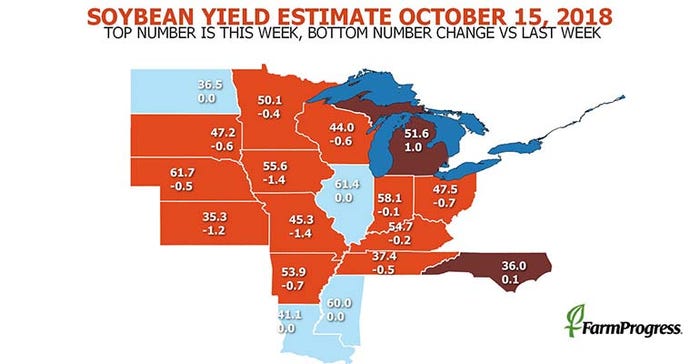
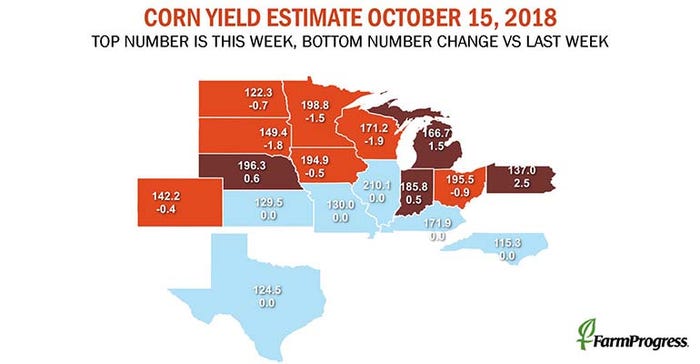
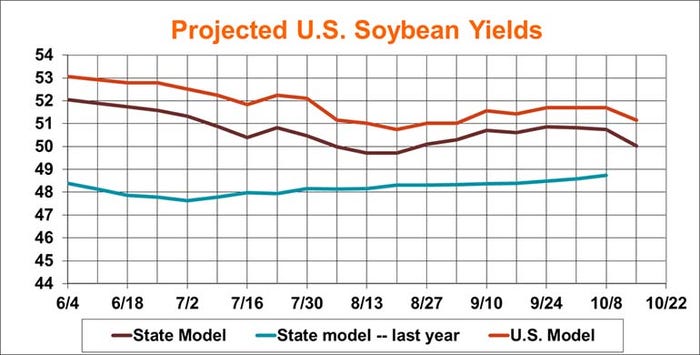
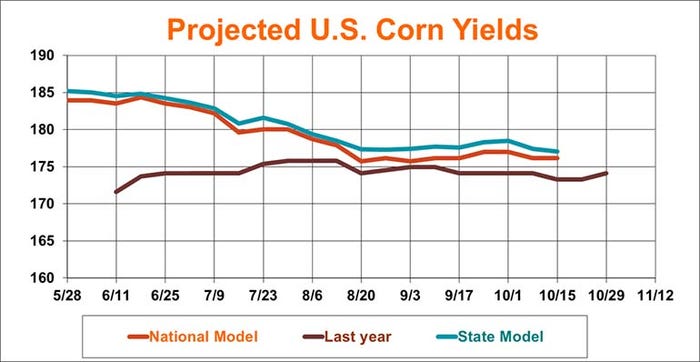
About the Author(s)
You May Also Like



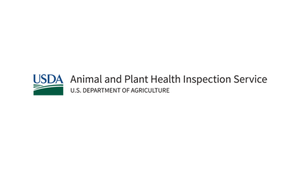
.png?width=300&auto=webp&quality=80&disable=upscale)
